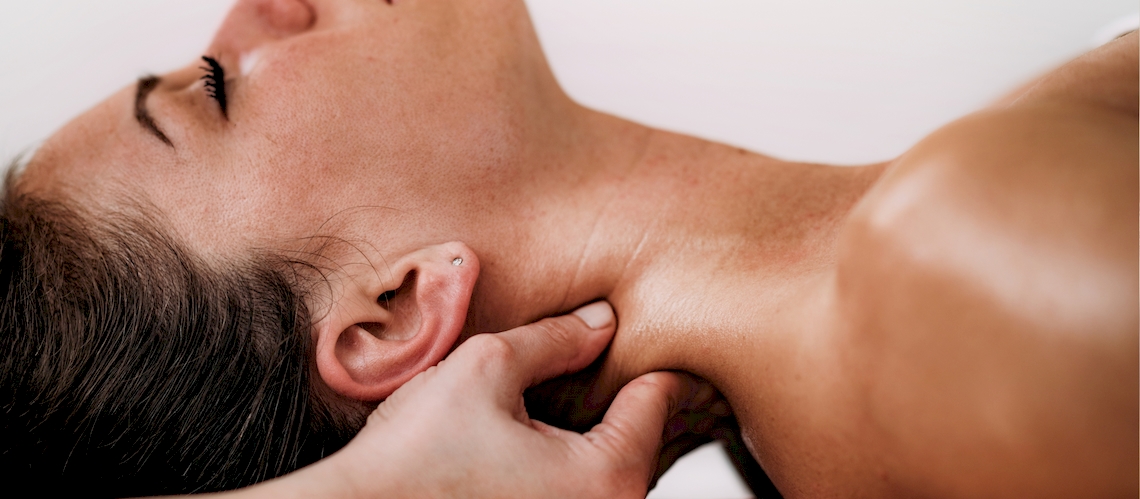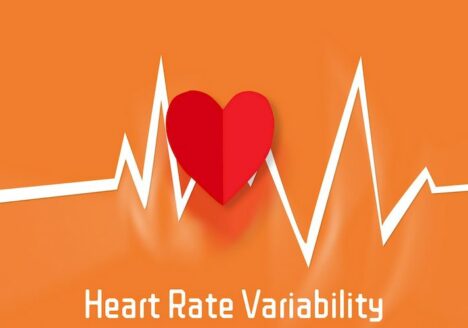Massage therapy is an ancient and scientifically supported practice known for its capacity to enhance physical, mental, and emotional well-being. Within the Excellence Nexus Framework, massage therapy serves as a vital tool for achieving peak performance across six dimensions: Physical Peak, Mental Peak, Emotional Peak, Spiritual Peak, Prosperity Peak, and Impact Peak. This article explores how massage therapy can be integrated into your routine to foster excellence and holistic growth, backed by authoritative evidence.
Application in the Excellence Nexus
Physical Peak: Enhancing Vitality and Recovery
Achieving physical excellence involves optimizing recovery, flexibility, and overall vitality. Massage therapy significantly contributes to this by:
- Reducing muscle soreness and stiffness: Research highlights its effectiveness in mitigating delayed onset muscle soreness (DOMS) and improving circulation (Weerapong et al., 2005).
- Improving range of motion and flexibility: A study by Hernandez-Reif et al. (2001) demonstrated enhanced flexibility and increased range of motion following massage therapy.
- Boosting cardiovascular health: Deep tissue massage has been shown to lower blood pressure and heart rate, further supporting physical vitality (Kaye et al., 2008).
Massage therapy is particularly beneficial for athletes and active individuals, as it accelerates recovery times and minimizes injury risks, allowing for sustained peak performance.
Mental Peak: Enhancing Cognitive Clarity
Excellence in mental performance requires focus, resilience, and clarity. Massage therapy contributes by:
- Reducing stress and improving mood: Studies show that regular massage increases serotonin and dopamine levels, enhancing mood and cognitive sharpness (Moyer, Rounds & Hannum, 2004).
- Improving sleep quality: By promoting relaxation and reducing anxiety, massage therapy enhances sleep, which is essential for cognitive recovery and performance (McVicar et al., 2007).
For individuals in high-pressure environments, such as professionals or students, massage therapy serves as a powerful tool to counteract mental fatigue and foster creativity.
Emotional Peak: Cultivating Balance and Resilience
Emotional excellence involves managing stress, fostering resilience, and achieving emotional equilibrium. Massage therapy promotes emotional well-being by:
- Lowering cortisol levels: A reduction in this stress hormone leads to decreased anxiety and improved emotional balance (Rapaport et al., 2012).
- Increasing oxytocin levels: This hormone fosters feelings of trust, relaxation, and emotional connection, enhancing interpersonal relationships (Rapaport et al., 2016).
Massage therapy is particularly effective for individuals experiencing chronic stress or anxiety, offering both immediate and cumulative emotional benefits.
Spiritual Peak: Deepening Inner Connection
Spiritual excellence involves cultivating inner peace and aligning with higher values. Massage therapy supports spiritual growth by:
- Facilitating mindfulness and relaxation: Reflexology and aromatherapy massage enhance the mind-body connection, promoting spiritual harmony (Richards et al., 2000).
- Creating a state of presence: The intentional act of receiving massage fosters a mindful awareness of the body and its sensations, aligning with practices such as mindfulness and introspection.
Ancient traditions, such as those outlined in The Yellow Emperor’s Classic of Internal Medicine, have long recognized massage as a spiritual and healing practice, emphasizing its role in achieving balance and harmony (Nei et al., 1975).
Prosperity Peak: Enhancing Productivity
Physical and mental health are foundational to achieving financial and professional success. Massage therapy supports prosperity by:
- Improving workplace productivity: Research shows that regular massage can reduce absenteeism and improve job satisfaction (Field, 2014).
- Supporting decision-making and focus: By reducing stress and improving sleep, massage therapy helps individuals maintain clarity and efficiency in their professional lives.
Incorporating massage therapy into a busy schedule ensures that professionals can sustain high levels of productivity and avoid burnout.
Impact Peak: Amplifying Leadership and Influence
Impact Peak refers to the ability to inspire and lead others effectively. Massage therapy supports this by:
- Enhancing emotional intelligence: Regular massage improves emotional balance, empathy, and resilience, traits essential for impactful leadership (Rapaport et al., 2012).
- Boosting physical vitality and presence: A healthy, energized individual is better equipped to lead, engage, and inspire.
Leaders who prioritize their well-being through practices like massage therapy often report improved relationships and a greater ability to navigate challenges effectively.
How to Integrate Massage Therapy in the Excellence Nexus
1. Personalized Assessment
Identify which aspects of the Excellence Nexus—Physical, Mental, Emotional, Spiritual, Prosperity, or Impact—are most relevant to your current goals. For example:
- Athletes may focus on Physical Peak and recovery.
- Leaders might emphasize Impact Peak and emotional intelligence.
2. Professional Guidance
Work with a licensed massage therapist who can tailor techniques to your specific needs. Examples include:
- Deep tissue massage for muscle recovery.
- Reflexology for spiritual harmony.
- Swedish massage for stress relief.
3. Regular Implementation
Consistency is crucial to reap the full benefits. Weekly or bi-weekly sessions are ideal for sustained impact across all peaks.
4. Complementary Practices
Combine massage therapy with complementary practices, such as mindfulness and proper nutrition, to enhance its effectiveness. For instance:
- Pairing aromatherapy massage with mindfulness can deepen spiritual connections.
- Combining sports massage with dynamic stretching improves physical performance.
5. Evaluate and Adjust
Monitor your progress regularly by tracking improvements in areas like stress levels, sleep quality, or physical recovery. Adjust the frequency or focus of sessions based on evolving needs.
Conclusion
Massage therapy is a versatile and scientifically validated practice that supports excellence across all dimensions of the Excellence Nexus Framework. By incorporating regular massage sessions into your routine, you can optimize physical recovery, enhance cognitive clarity, achieve emotional balance, deepen spiritual connections, improve productivity, and amplify your impact on others. As part of a holistic strategy for growth, massage therapy empowers individuals to unlock their full potential and sustain peak performance in all areas of life.
References:
- Cherkin, D. C. et al. (2011) A comparison of the effects of 2 types of massage and usual care on chronic low back pain: a randomized, controlled trial. Annals of Internal Medicine. [Online] 155 (1), 1–9.
- Field, T. (2014) Massage therapy research review. Complementary Therapies in Clinical Practice. [Online] 20 (4), 224–229.
- Furlan, A. D. et al. (2015) Massage for low-back pain. The Cochrane Database of Systematic Reviews. [Online] 2015 (9), CD001929.
- Hernandez-Reif, M. et al. (2001) Lower back pain is reduced and range of motion increased after massage therapy. The International Journal of Neuroscience. [Online] 106 (3–4), 131–145.
- Kaye, A. D. et al. (2008) The effect of deep-tissue massage therapy on blood pressure and heart rate. Journal of Alternative and Complementary Medicine (New York, N.Y.). [Online] 14 (2), 125–128.
- MacDonald, G. Z. et al. (2013) An acute bout of self-myofascial release increases range of motion without a subsequent decrease in muscle activation or force. Journal of Strength and Conditioning Research. [Online] 27 (3), 812–821.
- McVicar, A. J. et al. (2007) Evaluation of anxiety, salivary cortisol and melatonin secretion following reflexology treatment: a pilot study in healthy individuals. Complementary Therapies in Clinical Practice. [Online] 13 (3), 137–145.
- Moyer, C. A. et al. (2004a) A meta-analysis of massage therapy research. Psychological Bulletin. [Online] 130 (1), 3–18.
- Moyer, C. A. et al. (2004b) A meta-analysis of massage therapy research. Psychological Bulletin. [Online] 130 (1), 3–18.
- Nei, H. T. et al. (1975) The Yellow Emperor’s Classic of Internal Medicine. 1st edition. University of California Press. [online].
- Rapaport, M. H. et al. (2012) A preliminary study of the effects of repeated massage on hypothalamic-pituitary-adrenal and immune function in healthy individuals: a study of mechanisms of action and dosage. Journal of Alternative and Complementary Medicine (New York, N.Y.). [Online] 18 (8), 789–797.
- Rapaport, M. H. et al. (2016) Acute Swedish Massage Monotherapy Successfully Remediates Symptoms of Generalized Anxiety Disorder: A Proof-of-Concept, Randomized Controlled Study. The Journal of Clinical Psychiatry. [Online] 77 (7), e883-891.
- Richards, K. C. et al. (2000) ‘Effects of massage in acute and critical care’, in Database of Abstracts of Reviews of Effects (DARE): Quality-assessed Reviews [Internet]. Centre for Reviews and Dissemination (UK).
- Weerapong, P. et al. (2005) The mechanisms of massage and effects on performance, muscle recovery and injury prevention. Sports Medicine (Auckland, N.Z.). [Online] 35 (3), 235–256.




